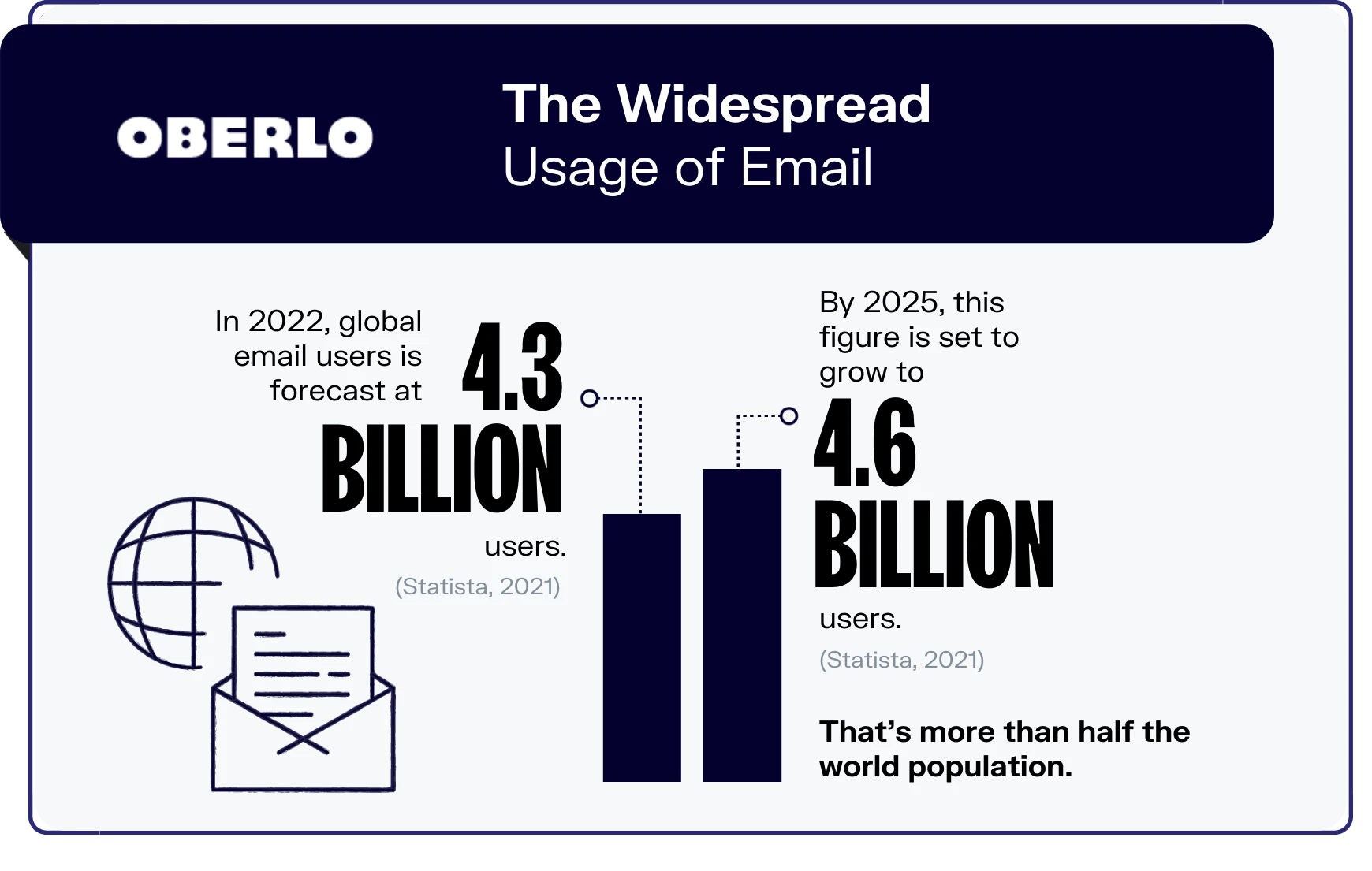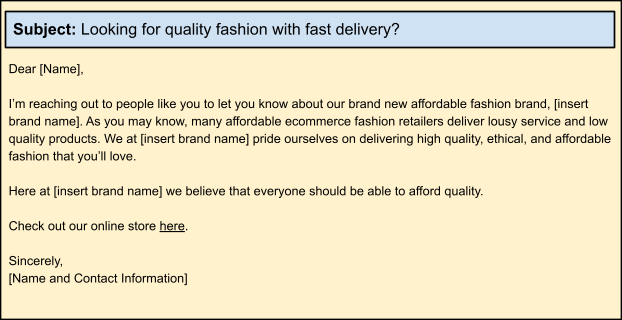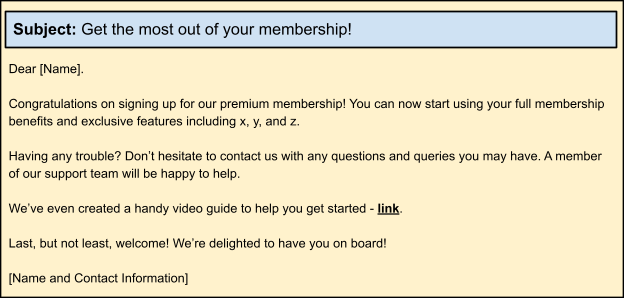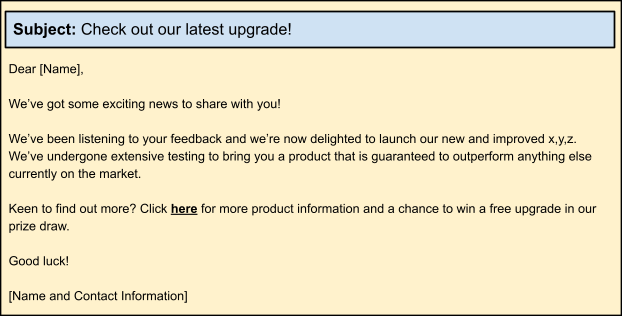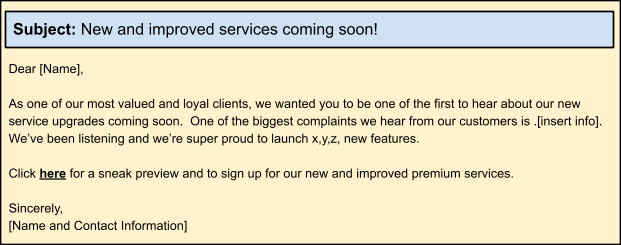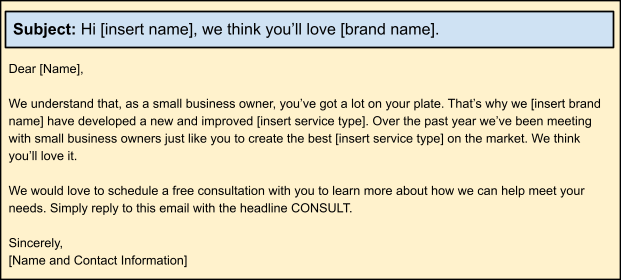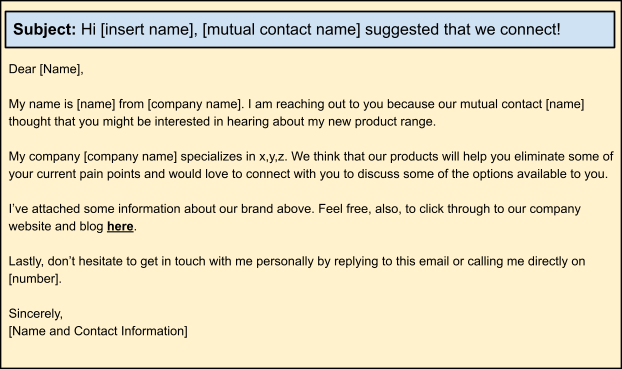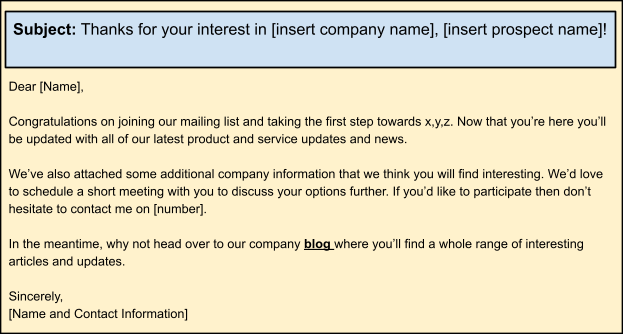Image created by Writer
Use Testimonials
Testimonials are a great addition to any kind of introductory email. Including testimonials and reviews from previous happy customers, as well as industry accreditations and awards, is a surefire way to earn respect and trust from your prospects.
It will leave a great first impression and show that you are reputable, tried and tested, and that you deliver great digital customer experience.
No to Yes-or-No Questions
Lastly, try to avoid yes-or-no questions when writing the content for your emails. When you ask your contact if they want to schedule a meeting, for example, don’t simply offer them the two obvious options (yes or no, that is). Instead, offer multiple time slots that they can pick from during the next week and the option to choose between a phone call or in-person meeting.
Provide all the necessary details including your phone number and details about your job title so that your prospect knows exactly who they are talking to (whether that be one of the company salespeople or a hiring manager).
How to Respond to an Introductory Email
Let’s turn things on their head for a moment. We’ve talked a lot about sending introductory emails but what if you’re the recipient of an introductory email? If you receive an introductory email like one of the above examples, and wish to respond, here’s what you can do.
Show Interest
First of all, thank the sender for their email and immediately show your interest (if you are interested that is). If not, it’s also fine to let the company know that you’re not interested in future outreach.
If you have requested the introduction, however, now is your chance to ask for more information and set up a meeting or consultation to discuss matters further.
Respond Quickly
Try to respond as quickly as possible. This will show that you are interested, appear more professional, and is likely to mean that you will also receive a prompt response in return.
Personalize Your Response
Make your response personal by customizing what you write for the specific circumstances surrounding the introduction that has been made. Use your judgement to gauge whether you need to be super formal or if you can respond in a more casual way.
Show Gratitude to the Referrer
Finally, don’t forget your manners. It always pays to be polite, so show some gratitude to the referrer. If someone has set up this connection for you (aka, a mutual contact), ensure that you show them your appreciation. This way you’ll keep a positive working relationship that can continue to thrive into the future.
Final Thoughts
So, there we have it. Who knew that intro emails were such an art. By following these templates and best practices you’ll start sending better, more effective emails in no time that will help you build quality partnerships and leads.
Remember that technology is here to help. Partnership marketing platforms like Affise make it so much easier than ever before to source and secure amazing business partnerships, share data, and track your performance. Plus, migrating to Affise is quick, simple, and easy! You’re ready to send your best email ever and get that ever-so-valuable referral marketing rolling.












